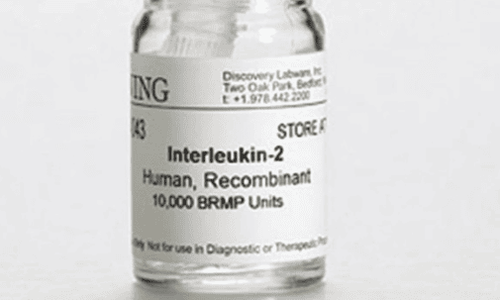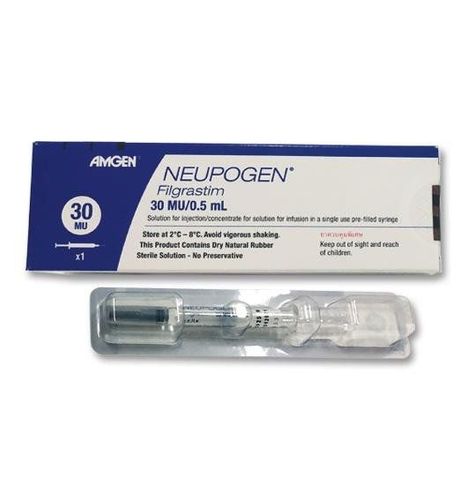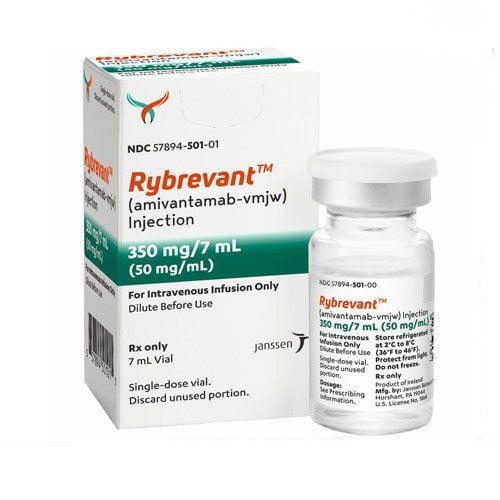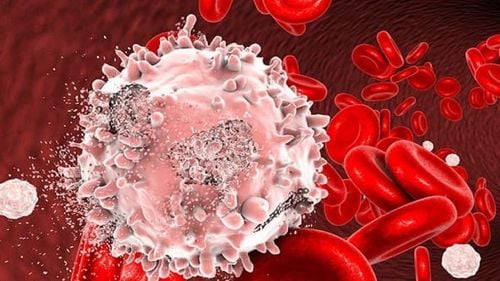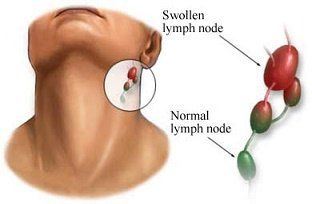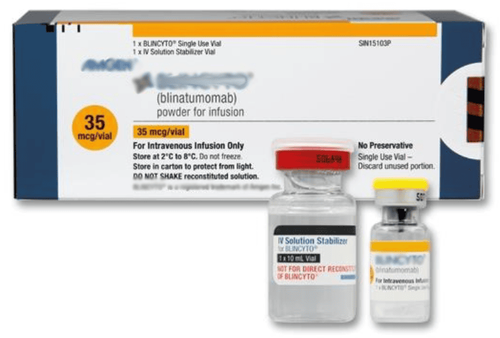This is an automatically translated article.
The immune system acts as a natural shield to help protect the body from pathogens from the environment as well as create antibodies to help fight old diseases again. The cellular components of the immune system include antigen-presenting cells, lymphocytes, mast cells, natural killer cells, polymorphonuclear leukocytes...1. What is the immune system?
The immune system has the English name Immune System, this is the system that protects the body from foreign pathogens such as bacteria, viruses, fungi, and toxins.The immune system is made up of organs, networks of cells, and proteins and is scattered throughout the body.
The mechanism of action of the immune system is to create protective barriers to prevent antigens and bacteria from entering the body. When pathogens break through the barrier, white blood cells and proteins are produced and attacked before they have a chance to attack the body. And finally, when defeated by powerful pathogens, the immune system ramps up its activity to suppress and adapt, storing information about the pathogen and fighting it. Storing information will help the immune system quickly recognize pathogens if there are future attacks and can fight to protect the body more quickly.
The immune system consists of two systems that work together with the common purpose of protecting the body from pathogens.
Innate Immune System: This is the natural immune system built into the body that is passed on from generation to generation. The system includes organs such as skin, cornea, mucous membranes in the respiratory system, digestive tract, genital tract... in short, the physical barriers that help protect people from pathogens. The innate immune system is activated from birth.
Adaptive immune system: This is the immune system consisting of antibodies against pathogens that the body has previously been exposed to. That is, the immune system will remember the enemy and produce antibodies to destroy them right from the initial invasion.

Hệ thống miễn dịch bảo vệ cơ thể khỏi những tác nhân gây bệnh từ bên ngoài
2. Cellular components of the immune system
2.1 Antigen-presenting cells
Major antigen-presenting cells include:B cells: Distributed in peripheral blood and lymphoid organs, they are able to absorb soluble antigens or antigen products produced by macrophages and dendritic cells thorns exchange and process into many smaller pieces and then assemble with MHC class II molecules to present on the cell surface.
Macrophages: Distributed in lymphoid organs, connective tissues and cavities in the body, having the function of directly destroying pathogens such as bacteria, stimulating immune cells...
Cells dendrites: Widely distributed throughout the body, has the strongest ability to present antigens, process antigens and present to T cells
Antigen presenting cells have an important role in immunity, they participate in Involves both the innate and reactive immune systems, activating T cells and performing other functions according to signals from the body.
2.2 Lymphocytes
Lymphocytes include two main types, B-cells in the bone marrow and T-cells in the thymus, which, although morphologically similar, have different immune functions.B-cells: Together with the immune system, produce a protein antibody corresponding to an antigen to mark and destroy them. The B-cell response consists of two phases, the primary immune response and the secondary immune response.
T cells: With the function of activating cells in the immune system and controlling the immune response to foreign substances to help destroy cancer cells. T cells include helper, regulatory, cytotoxic, and natural killer T cells.
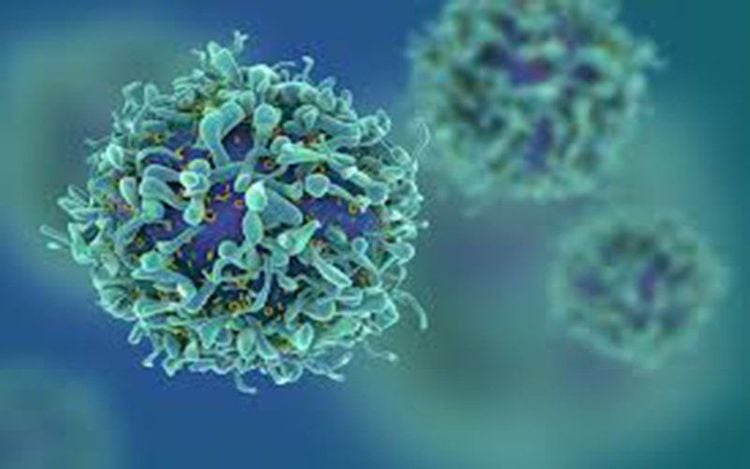
Lympho bào là thành phần quan trọng của hệ thống miễn dịch
2.3 Mast cells
Mast cells contain tryptase and chondroitin sulfate, which, upon release of mast cell mediators, induce protective acute inflammatory responses.2.4 Natural killer cells
Natural killer cells account for 5-15% of peripheral blood mononuclear cells, causing apoptosis of infected cells. Natural killer cells have the function of monitoring tumors and finding cancer cells to destroy, have a role in immune regulation...2.5 Polymorphonuclear leukocytes
Polymorphonuclear leukocytes, also known as granulocytes, include:Neutrophils: make up 40-70% of the total number of white blood cells in the circulation, play an important role in the front line of fighting infections. half-life of 2-3 days. Eosinophils: Make up 5% of the total white blood cells, have the effect of killing large organisms by releasing toxic substances Basophilia: The number is less than 5% of the total white blood cells
Please dial HOTLINE for more information or register for an appointment HERE. Download MyVinmec app to make appointments faster and to manage your bookings easily.




